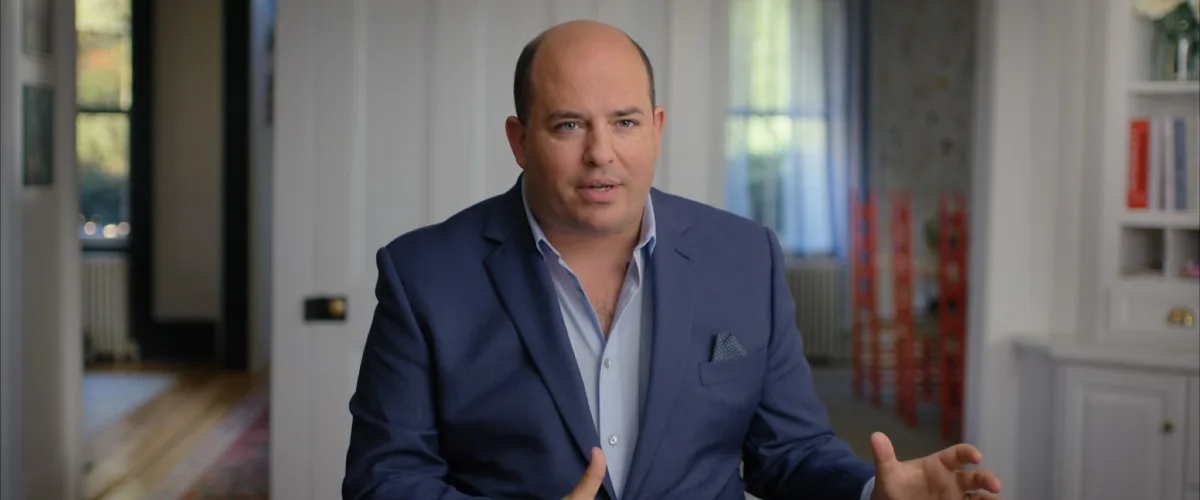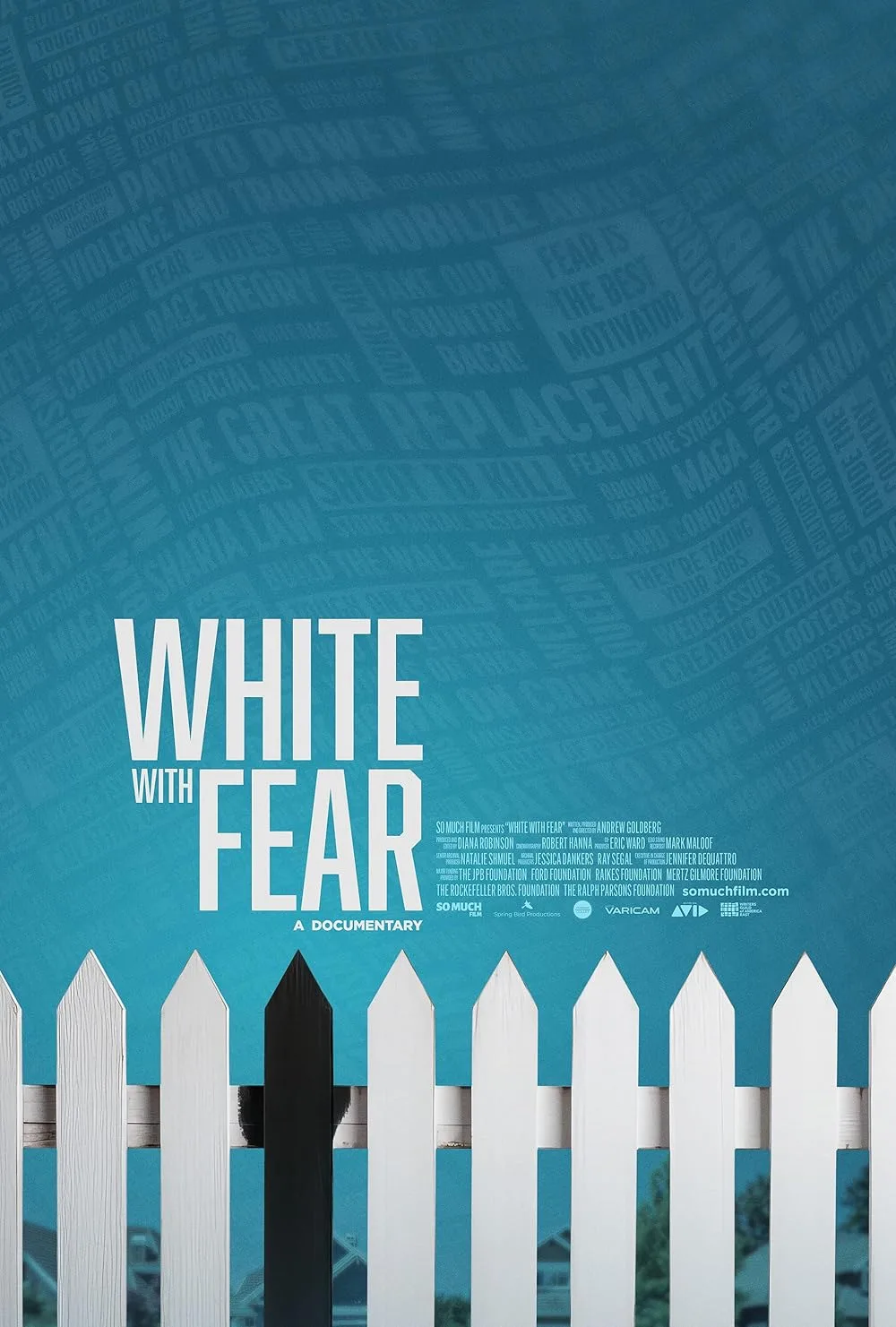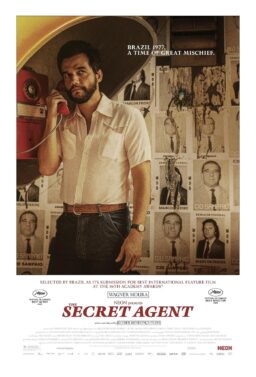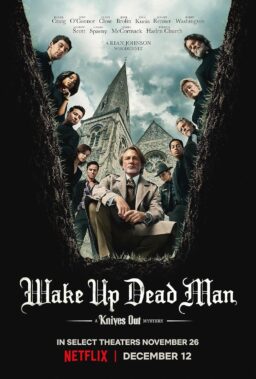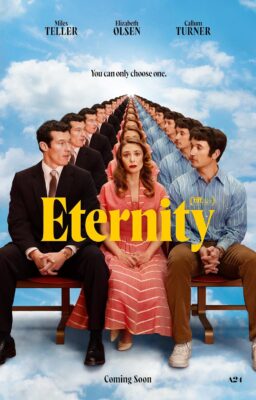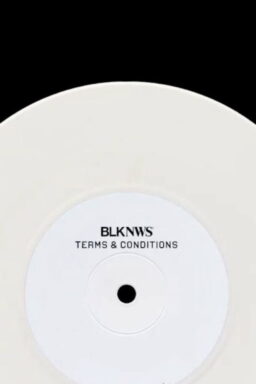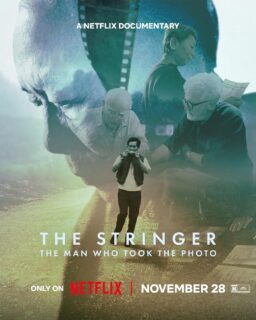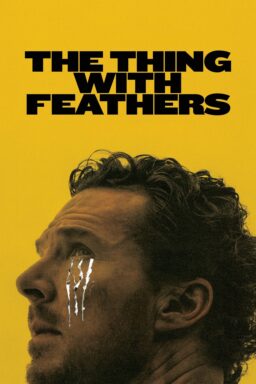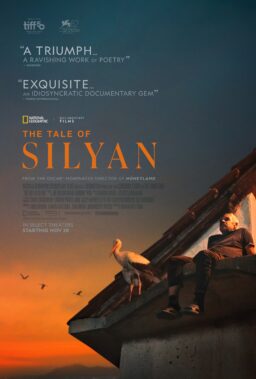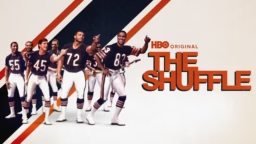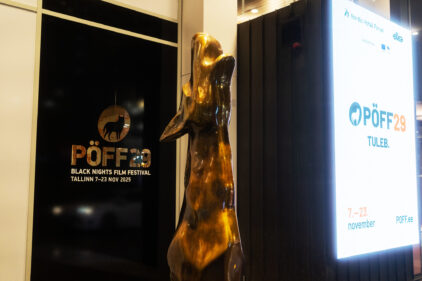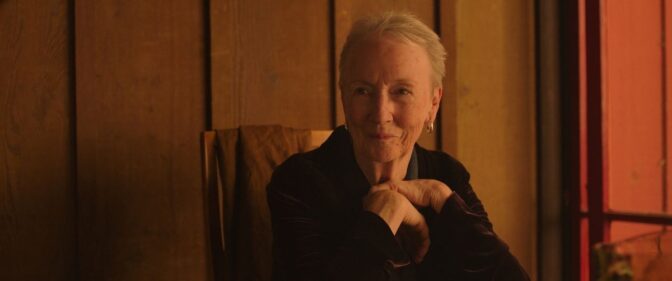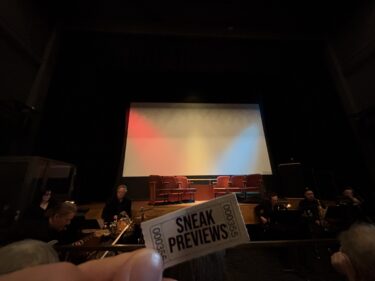Amidst the continued political, societal, and cultural unrest, especially in the United States, we turn to the media for reprieve, reflection, or some rendering of our reality. The new political documentary “White with Fear” reports on the insidious manipulation by mass media and political professionals to indoctrinate white people with alarming beliefs about averting other races and religions.
The story begins in 1968 with Detroit as its backdrop, a city infamous for being under-resourced, the perfect place for the then-presiding President Richard Nixon to build his blueprint for fearmongering politics. As the title of the film suggests, “White with Fear” exposes the inception of the supposed horrors that white people face when battling to keep their white-picket-fenced version of America. Deployed by the Republican Party, these tactics were a means to preserve power, yet the people they claimed to protect were mere pawns in their plans. Although the film features several people who were complicit in upholding these harmful, divisive narratives, there is no reprimanding or regretful tone. Any and all glimpses of retrospection come with a lack of care, as if the deed is done, as if there’s no alternate route or reversal of the ramifications.
Both director Andrew Goldberg and producer Diana Robinson draw from their journalistic, investigative backgrounds to expose the modern methods of political madness and their prowess to keep power. The Republican Party’s rinse and repeat strategy, reaping the racism they sowed since the sixties, shows no signs of slowing down. Because of this, there is no shortage of archival footage. Their film presents news segments and speeches, peppered with scandals and soundbites that explicitly recount systemic exclusionary practices. Over the years, the masses have become numb to the overt racism that subliminally and subconsciously resides in our everyday media; seeing these clips compiled back-to-back is like a slap to the face, over and over again.
As the documentary navigates the unfolding and unparalleled growth of the far right, it tiptoes around asking the hard questions. The most effective segments of the film depict the infiltration of the education system. “[Critical Race Theory in schools] is a matter of national security,” proclaims Donald Trump at one of his campaign rallies. In these moments, the movie illustrates what it means for fiction to be spread like facts. The juxtaposition of these snippets with honest interview clips from Princeton professor Eddie Glaude and actor Aasif Mandvi does not scratch the surface of the violences resulting from these institutional insults and political plots of oppression, whether superficial or deeply rooted.
The film claims to unveil hidden strategies deployed by certain political parties. While it succeeds in compiling convincing evidence, the tactics presented are purportedly obvious to any person of a marginalized identity. Given this, the film’s intended audience grows increasingly unclear. Its chronological narrative lends well to educational purposes, but its random expletives nix that notion. The interviews with notable right-leaning figures such as Joe Peyronnin, the former FOX News President, and Tim Miller, former spokesman for the Republican National Committee, seem informative on the surface. But when steeped, they read more as confessionals that benefit the subject more than the audience. The main intent of the film is to address the weaponization of race, yet there are only a handful of non-white interviewees featured. Excuses can be made for this, but ultimately, it leaves the suggested resolution unsatisfying.
“White with Fear” reverberates all of the ethics of journalism, such as documenting current events, making connections to history, and telling the truth as clearly as possible. Despite spotlighting these American atrocities, it remains unclear where this film posits itself within the archive. In some ways, it serves as another warning of what’s promised; in other ways, it seems to care most about highlighting institutional exploitations instead of working to solve them. Towards the end of the film, Rick Perlstein, historian and author of Nixonland, calls out the groupthink behavior and voting patterns as being trained by a dog whistle; he goes on to claim that Donald Trump amplified these actions by sounding off a train’s whistle, begetting even bolder bigotry. Goldberg acknowledges that the film’s power is in its exclusive cast sharing their personal experiences. But his film fails to realize that it, too, is a player in platforming an already undefeated beast.
The film is on a nationwide screening tour, including tonight, May 21st, at Landmark Century in Chicago. It will be on VOD on June 3rd.

